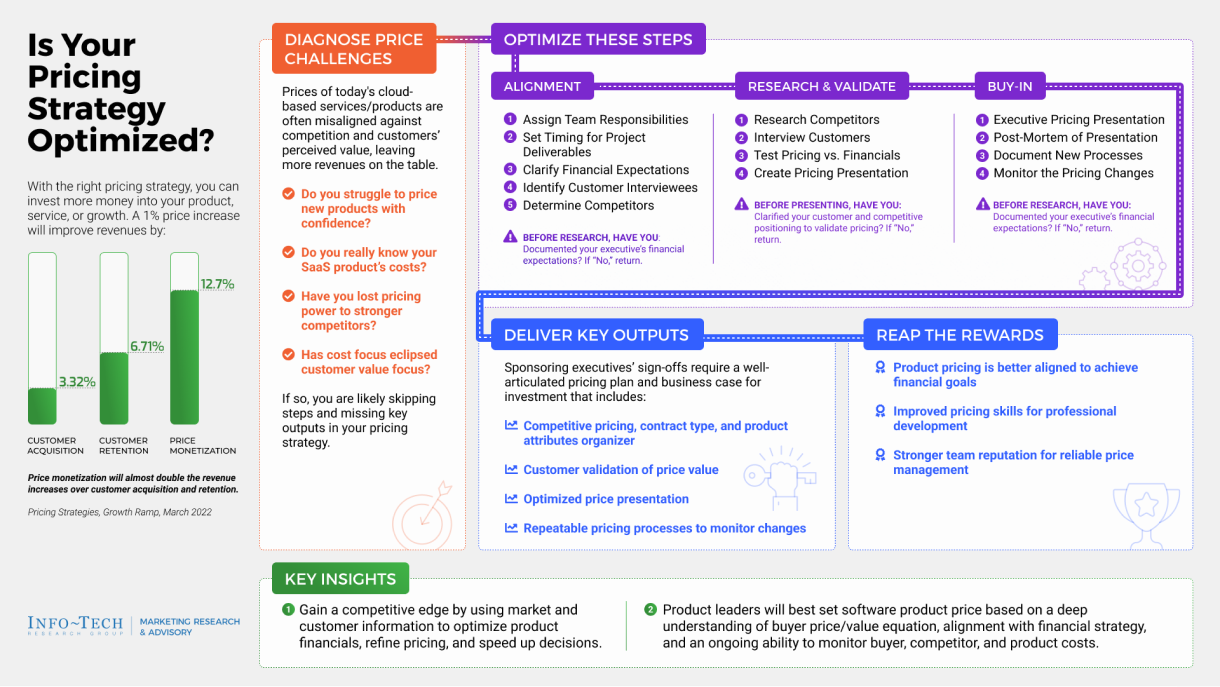Optimalizovat soutěžní návraty
In the current digital landscape, businesses are constantly vying for attention and market share. One crucial aspect of competitive strategy is understanding how to optimize returns on investments, especially when it comes to competition. This article will delve into effective strategies for optimizing competitive returns, providing actionable insights that can help businesses enhance their profitability and efficiency.
With the rapid evolution of technology and shifting consumer behaviors, companies must adapt their strategies to stay relevant. By implementing the right techniques, you can maximize your competitive returns, ensuring a robust and sustainable business model. This article will cover key topics such as market analysis, strategic positioning, and performance metrics, enabling you to make informed decisions that align with your business goals.

Understanding Competitive Returns
To effectively optimize competitive returns, it’s vital to first understand what they entail. Competitive returns refer to the advantages or profits gained as a result of outperforming rivals within your industry. These returns can manifest in various forms, including increased sales, enhanced brand loyalty, and greater market share.
Importance of Market Analysis
Conducting a thorough market analysis is the foundation of optimizing competitive returns. By examining competitor performance, consumer preferences, and market trends, you can identify areas for improvement and potential opportunities.
- Identify key competitors and their market positions.
- Analyze consumer behavior and preferences.
- Evaluate market trends and emerging opportunities.
Strategic Positioning Techniques
Once you have gathered relevant market data, the next step is to effectively position your business. This involves differentiating your offerings from competitors and emphasizing unique selling points.
- Develop a strong value proposition.
- Utilize branding to stand out in the market.
- Implement targeted marketing campaigns.
Performance Metrics for Optimization
To ensure your efforts yield tangible results, it’s essential to establish key performance indicators (KPIs). These metrics will help you monitor your competitive returns and make data-driven adjustments as needed.
- Measure sales growth over time.
- Analyze customer retention rates.
- Evaluate return on investment (ROI) for marketing campaigns.
Leveraging Technology for Competitive Advantage
The integration of technology is crucial in optimizing competitive returns. Tools such as data analytics and automation can enhance decision-making processes and improve operational efficiency.
Data Analytics for Informed Decisions
Utilizing data analytics allows businesses to gain deeper insights into market dynamics and customer behavior. By leveraging this information, companies can tailor their strategies to meet specific consumer needs.
- Implement CRM systems to track customer interactions.
- Use analytics tools to forecast market trends.
- Analyze customer feedback for continuous improvement.
Automation for Efficiency
Automation can significantly reduce operational costs and improve productivity. By automating routine tasks, businesses can allocate resources to areas that yield higher returns.
- Automate marketing processes.
- Integrate inventory management systems.
- Utilize chatbots for customer service.
Enhancing Customer Experience
Optimizing returns also involves enhancing the overall customer experience. Satisfied customers are more likely to make repeat purchases and recommend your brand to others.
Personalization Strategies
Implementing personalization techniques can significantly enhance customer satisfaction. Tailoring offerings based on individual preferences fosters stronger connections with consumers.
- Use personalized email marketing campaigns.
- Offer customized product recommendations.
- Foster engagement through loyalty programs.
Feedback Mechanisms
Regularly soliciting and responding to customer feedback is essential for continuous improvement. Implementing feedback mechanisms ensures that your offerings align with consumer expectations.
- Conduct surveys to gather customer insights.
- Encourage reviews and testimonials.
- Actively engage with customers on social media.
Implementing Sustainable Practices
In today’s environmentally-conscious market, sustainable practices can differentiate your brand and attract a loyal customer base. Consumers are increasingly favoring brands that prioritize sustainability.
Adopting Green Technologies
Investing in eco-friendly technologies not only benefits the environment but also enhances your brand’s reputation. This can lead to increased customer loyalty and competitive returns.
- Reduce energy consumption in operations.
- Utilize sustainable sourcing for materials.
- Implement recycling programs.
Transparency in Practices
Being transparent about your sustainability efforts builds trust with consumers. Providing insights into your practices can enhance brand loyalty and competitive advantage.
- Share sustainability reports publicly.
- Highlight eco-friendly initiatives on your website.
- Engage with customers on your sustainability journey.
Conclusion
Optimizing competitive returns is essential for businesses looking to thrive in a competitive market. By understanding market dynamics, implementing strategic positioning practices, leveraging technology, enhancing customer experiences, and adopting sustainable practices, companies can significantly improve their returns on investment.
Remember that continuous evaluation and adaptation to market changes are crucial. Regularly analyze performance metrics and solicit customer feedback to refine your strategies over time. As you enhance your approach, you will not only optimize your competitive returns but also build a resilient and sustainable business model.
To further explore the intricacies of competitive returns, check out similar articles on SolarMovie and SolarMovie Store.
